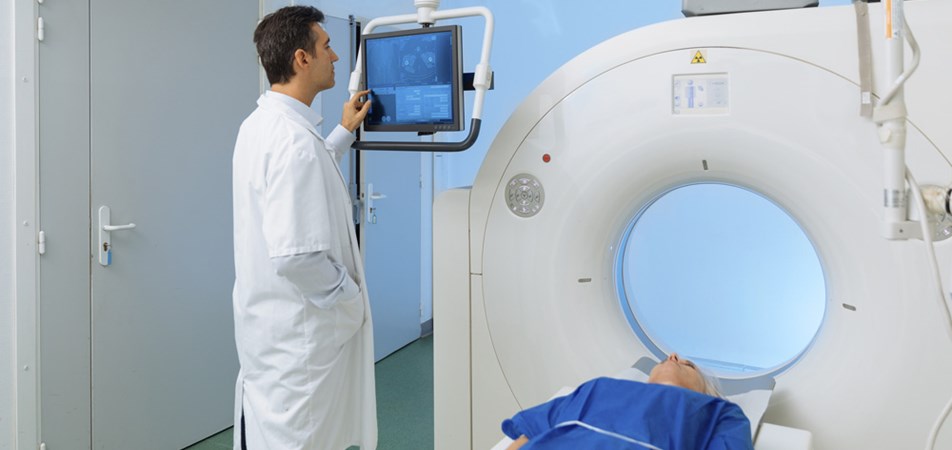To recover your password please fill in your email address
Please fill in below form to create an account with us

13/09/18
A new form of radiotherapy, to be trialled in the MASTERPLAN study, delivers highly targeted doses of radiation to kill tumour cells with precision while minimising toxicity to surrounding cells. It could help more than a third of pancreatic cancer patients.
Stereotactic body radiotherapy (SBRT) is a highly innovative treatment that utilises the most recent technological advancements in radiotherapy. The radiation dose to the tumour site is safely escalated to increase tumour cell death, while minimising the dose and toxicity to surrounding normal tissues. In the MASTERPLAN trial, patients will receive this therapy in addition to modern chemotherapy. Researchers believe that this treatment could be superior to current standard of chemotherapy alone in both the neoadjuvant and definitive setting.
Pancreatic cancer has the fifth highest incidence of cancer related mortality and accounts for the death of more than 2,900 Australians annually. It also has one of the lowest survival rates of all cancers with just 8% of patients surviving five years past their initial diagnosis. It is frequently not detected until it is at an advanced stage, by which point it often cannot be cured.
"There is a desperate need for better treatments for this patient population," says Associate Professor Andrew Oar of the Gold Coast University Hospital, the trial's Principal Investigator. "With the MASTERPLAN trial, we hope to determine whether stereotactic body radiotherapy with modern chemotherapy is superior to the current standard of care. This is an exciting new therapy that could provide better outcomes for these patients."
Phase II of the MASTERPLAN study will recruit 120 patients who have high-risk, locally advanced pancreatic cancer. The study has secured $1.5 million in funding from the Australian Department of Health as part of an investment in rare cancer research under the Medical Research Future Fund (MRFF).
If the results of the trial are successful, the therapy could also be used to treat other forms of cancer.
The trial was developed in collaboration with, and will be coordinated by, the NHMRC Clinical Trials Centre at the University of Sydney.